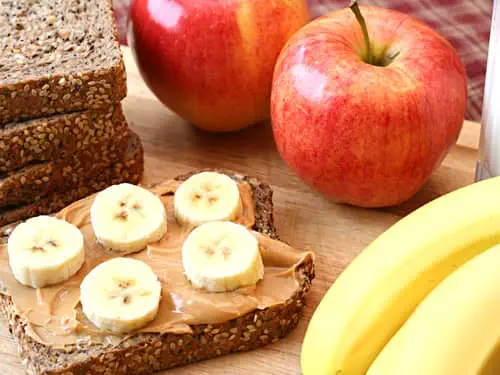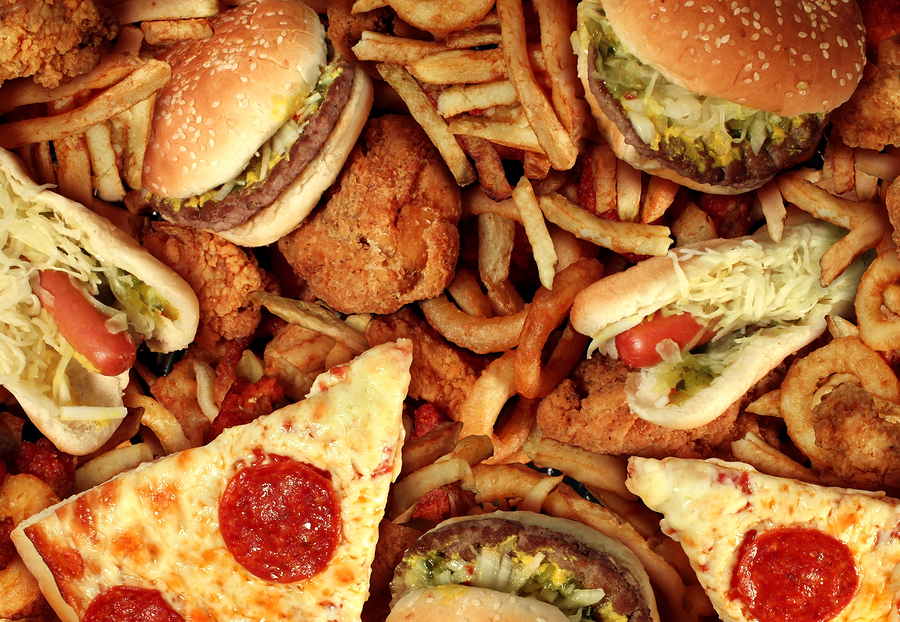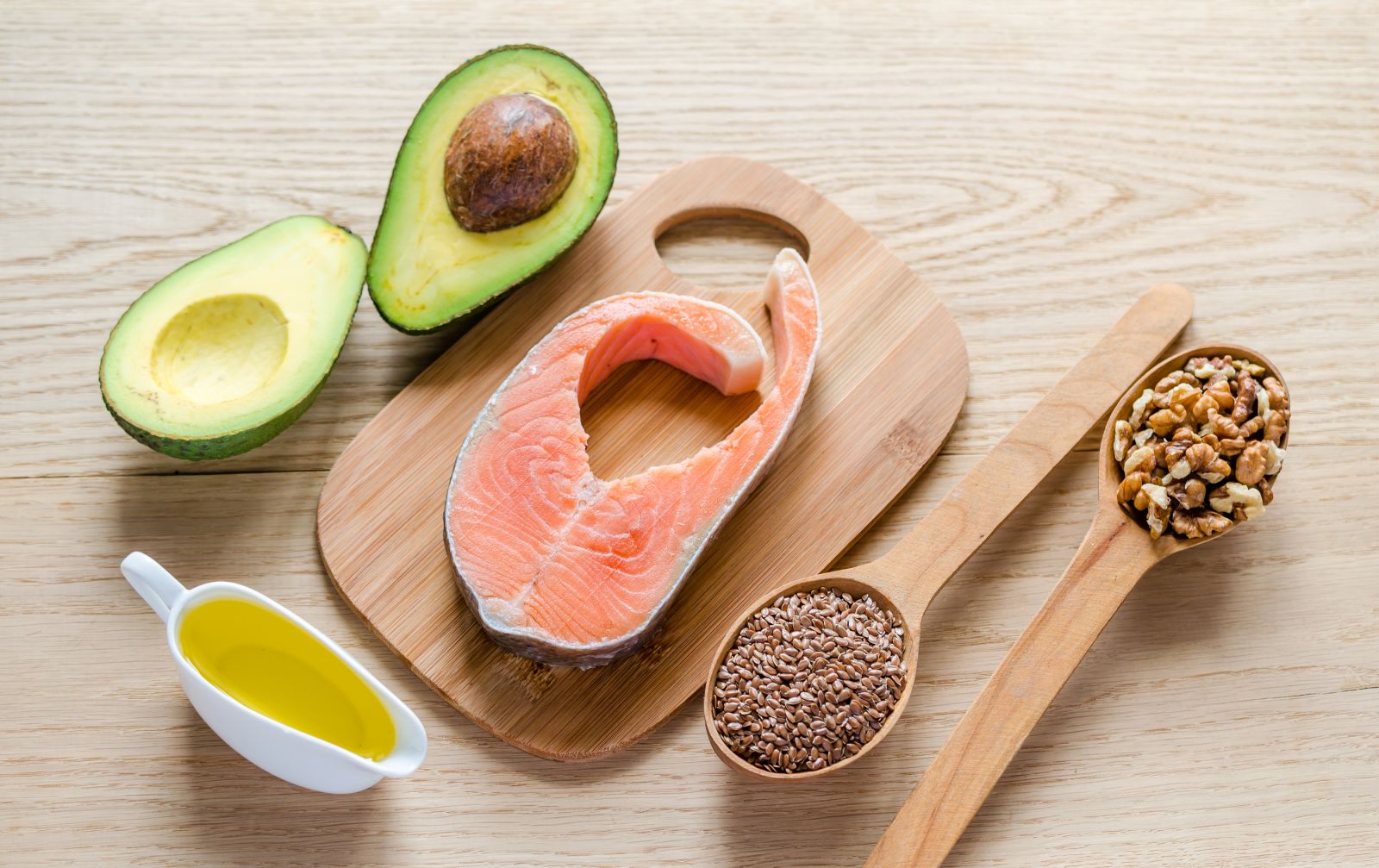For
years, fat was a four-letter word. We were urged to banish it from our diets
whenever possible. We switched to low-fat foods. But the shift didn't make us
healthier, probably because we cut back on healthy fats as well as
harmful ones.
Your
body needs some fat from food. It’s a major source of energy. It helps you
absorb some vitamins and minerals. Fat is needed to build cell membranes, the
vital exterior of each cell, and the sheaths surrounding nerves. It is
essential for blood clotting, muscle movement, and inflammation. For long-term
health, some fats are better than others. Good fats include monounsaturated and
polyunsaturated fats. Bad ones include industrial-made trans fats. Saturated
fats fall somewhere in the middle.
All
fats have a similar chemical structure: a chain of carbon atoms bonded to
hydrogen atoms. What makes one fat different from another is the length and
shape of the carbon chain and the number of hydrogen atoms connected to the
carbon atoms. Seemingly slight differences in structure translate into crucial
differences in form and function.
Bad fats
The
worst type of dietary fat is the kind known as trans fat. It is a byproduct of
a process called hydrogenation that is used to turn healthy oils into solids
and to prevent them from becoming rancid. When vegetable oil is heated in the
presence of hydrogen and a heavy-metal catalyst such as palladium, hydrogen
atoms are added to the carbon chain. This turns oils into solids. It also makes
healthy vegetable oils more like not-so-healthy saturated fats. On food label
ingredient lists, this manufactured substance is typically listed as “partially
hydrogenated oil.”
Early in the 20th century, trans fats were found
mainly in solid margarine's and vegetable shortening. As food makers learned new
ways to use partially hydrogenated vegetable oils, they began appearing in
everything from commercial cookies and pastries to fast-food French fries.
Eating
foods rich in trans fats increases the amount of harmful LDL cholesterol
in the bloodstream and reduces the amount of beneficial HDL cholesterol.
Trans fats create inflammation, which is linked to heart disease, stroke,
diabetes, and other chronic conditions. They contribute to insulin resistance,
which increases the risk of developing type 2 diabetes. Research from the Harvard School of Public Health and
elsewhere indicates that trans fats can harm health in even small amounts: for
every 2% of calories from trans fat consumed daily, the risk of heart disease
rises by 23%.
An
expert panel assembled by the Institute of Medicine expert panel concluded that
trans fats have no known health benefits and that there is no safe level of
consumption. Since 2006, the USFood and Drug Administration (FDA) has required
food makers to list trans fat content as a separate line item on food labels.
As a result, the food industry has reduced trans fats in many foods, and some local
governments have banned trans fats in restaurant foods. Today, these mainly
man-made fats are fading from the food supply.
In-between fats
Saturated
fats are common in the American diet. They are solid at room temperature —
think cooled bacon grease. Common sources of saturated fat include red meat,
whole milk and other whole-milk dairy foods, cheese, coconut oil, and many
commercially prepared baked goods and other foods.
The
word “saturated” here refers to the number of hydrogen atoms surrounding each
carbon atom. The chain of carbon atoms holds as many hydrogen atoms as possible
— it’s saturated with hydrogen's.
A
diet rich in saturated fats can drive up total cholesterol, and tip the balance
toward more harmful LDL cholesterol,
which prompts blockages to form in arteries in the heart and elsewhere in the
body. For that reason, most nutrition experts recommend limiting saturated fat
to under 10% of calories a day.
A
handful of recent reports have muddied the link between saturated fat and heart disease. One
meta-analysis of 21 studies said that there was not enough evidence to conclude
that saturated fat increases the risk of heart disease, but that replacing
saturated fat with polyunsaturated fat may indeed reduce risk of
heart disease.
Two
other major studies narrowed the prescription slightly, concluding that
replacing saturated fat with polyunsaturated fats like vegetable oils or
high-fiber carbohydrates is the best bet for reducing the risk of heart
disease, but replacing saturated fat with highly processed carbohydrates could
do the opposite.
Good fat
Good
fats come mainly from vegetables, nuts, seeds, and fish. They differ from
saturated fats by having fewer hydrogen atoms bonded to their carbon chains.
Healthy fats are liquid at room temperature, not solid. There are two broad
categories of beneficial fats: monounsaturated and polyunsaturated fats.
Monounsaturated fats. When you dip
your bread in olive oil at an Italian restaurant, you’re getting mostly
monounsaturated fat. Monounsaturated fats have a single carbon-to-carbon double
bond. The result is that it has two fewer hydrogen atoms than a saturated fat
and a bend at the double bond. This structure keeps monounsaturated fats liquid
at room temperature.
Good
sources of monounsaturated fats are olive oil, peanut oil, canola oil,
avocados, and most nuts, as well as high-oleic safflower and
sunflower oils.
The
discovery that monounsaturated fat could be healthful came from the Seven
Countries Study during the 1960s. It revealed that people in Greece and other
parts of the Mediterranean region enjoyed a low rate of heart disease despite a
high-fat diet. The main fat in their diet, though, was not the saturated animal
fat common in countries with higher rates of heart disease. It was olive oil,
which contains mainly monounsaturated fat. This finding produced a surge of
interest in olive oil and the “Mediterranean diet,” a style of eating regarded
as a healthful choice today.
Although
there’s no recommended daily intake of monounsaturated fats, the Institute of
Medicine recommends using them as much as possible along with polyunsaturated
fats to replace saturated and trans fats.
Polyunsaturated fats. When you
pour liquid cooking oil into a pan, there’s a good chance you’re using
polyunsaturated fat. Corn oil, sunflower oil, and safflower oil are common
examples. Polyunsaturated fats are essential fats.
That means they’re required for normal body functions but your body can’t make
them. So you must get them from food. Polyunsaturated fats are used to build
cell membranes and the covering of nerves. They are needed for blood clotting,
muscle movement, and inflammation.
A
polyunsaturated fat has two or more double bonds in its carbon chain. There are
two main types of polyunsaturated fats: omega-3 fatty acids and omega-6 fatty
acids. The numbers refer to the distance between the beginning of the carbon
chain and the first double bond. Both types offer health benefits.
Eating
polyunsaturated fats in place of saturated fats or highly refined carbohydrates
reduces harmful LDL cholesterol
and improves the cholesterol profile. It also lowers triglycerides.
Good
sources of omega-3 fatty acids include fatty fish such as salmon, mackerel, and
sardines, flax-seeds, walnuts, canola oil, and hydrogenated soybean oil.
Omega-3
fatty acids may help prevent and even treat heart disease and stroke. In
addition to reducing blood pressure, raising HDL, and lowering triglycerides, polyunsaturated fats
may help prevent lethal heart rhythms from arising. Evidence also suggests they
may help reduce the need for corticosteroid medications in people with
rheumatoid arthritis. Studies linking omega-3s to a wide range of other health
improvements, including reducing risk of dementia, are inconclusive, and some
of them have major flaws, according to a systematic review of the evidence by
the Agency for Healthcare Research and Quality.
Omega-6
fatty acids have also been linked to protection against heart disease. Foods
rich in linoleic acid and other omega-6 fatty acids include vegetable oils such
as safflower, soybean, sunflower, walnut, and corn oils.
Healthy
Eating!
Richard Taylor Personal Training Club
www.richardtaylorpt.co.uk
"Changing your lifestyle to incorporate exercise and proper nutrition is not easy. But it is definitely a journey with endless rewards that are well worth achieving"


